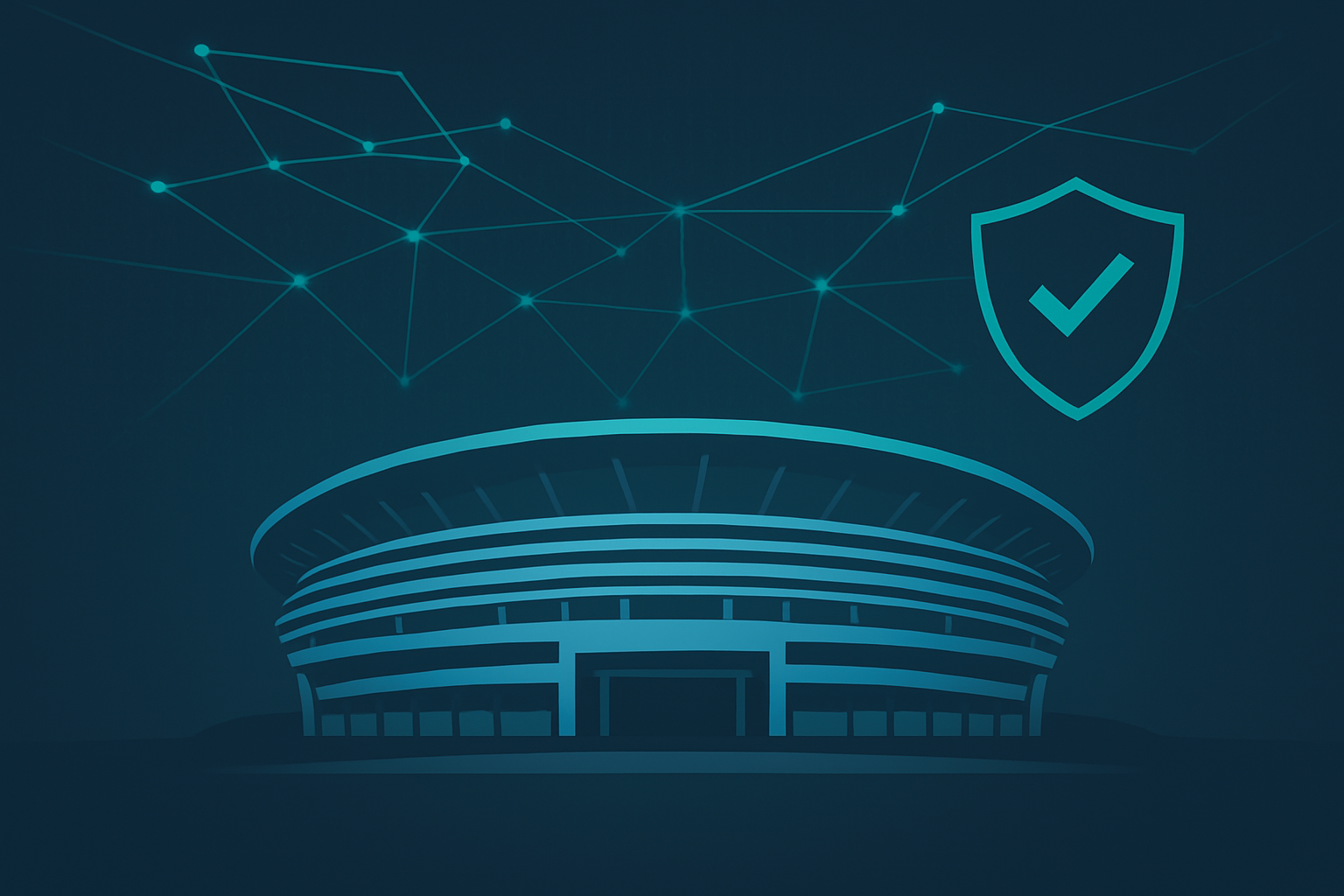Vignesh Ram, Ph.D. Candidate, Department of Geopolitics and International Relations, Manipal Academy of Higher Education
Sea lanes of Communications have always played a strong role in the naval doctrines and strategies of countries. Security and command over these vital ‘super highways’ of the oceans strengthens a country’s’ overall security and influence in the region. Sea Line of Communication (SLOCS) in the Indian Ocean Region, which form an important part of the Indian Ocean Region trade and which more importantly carry vital resources such as oil and natural gas to the growing economies of Asia and the Pacific region have become even more crucial to secure. India particularly has a keen role to play in this endeavour. A large amount of India’s trade (95 percent) is seaborne and the rising threats from trafficking, piracy on the high seas and the proliferation of arms and ammunition make it crucial for countries to play a leading role in tackling the issue. Hence as the stake in the safety and security of the SLOCS increases for a number of powers, the resultant rivalry between major powers raises pertinent questions regarding the role of dominant regional and extra regional naval powers in securing the region. India is a dominant naval power in the Indian Ocean Region, with a large Exclusive Economic Zone (EEZ), India has a key role to play in the safety and security of the region’s waterways.
India’s naval capability has been growing considerably over the years. The establishment of key and strategic bases have enhanced the navy’s ability to play a key role in the region. The establishment of ‘project Seabird’ in the western coast and the ongoing development of ‘project Varsha’ in the eastern coast will be a crucial addition to the existing naval facilities. The successful advances in indigenous capacity building including the ‘INS Arihant’, India’s nuclear powered submarine and the aircraft carrier ‘INS Vikrant’ indigenously apart from foreign acquisition will play a key role in securing India’s waters and help India achieve a robust blue water operational capability. The basing of the ‘INS Vikramaditya’ in Karwar has further strengthened India’s stand in the region. Apart from the growing need to secure the waterways the naval development also supports, India’s changing foreign policy overtures.
Since its economic liberalization in the early 1990’s, India reoriented its foreign policy akin to the changing geopolitical realities. The ‘Look East Policy’ was a key feature of this transformation. India’s economic and political integration with the countries of Southeast, East Asia and the Pacific has led India to pay much attention to the safety and security of the Sea lanes particularly the Straits of Malacca. Hence understanding the role of the Eastern Naval command responsible for the safety and security of the eastern seaboard becomes important. The Eastern naval command which is headquartered in Vishakhapatnam has the ‘INS Jalashwa’ an amphibious transport dock as the flag ship of the command. It features an array of destroyers including various versions of mainly the Rajput and Shivalik class destroyers along with the Sindhughosh class of submarines; the command also features two P8I, long range patrol aircraft a key for maritime surveillance in the strategic waterways of the region. The upgrade of Campbell bay into naval air station ‘INS Baaz’ at the tip of the Andaman and Nicobar islands will act as key multipliers in the region along with new acquisition and help India keep a key eye on the strategic eastern waterways.
The primary task of the Eastern naval command is to ensure the safety and security of the Eastern sea board and its assets and India’s Exclusive Economic Zone (EEZ). Moreover the key position close to the entrance of the Malacca straits is a key vantage point in the region as high amount of valuable goods and resources including oil and natural gas pass through the waterway. India’s role in safeguarding the entrance to this waterway acts as a stabilizing factor in the region. Hence the possible threats from piracy, drug trafficking from the golden triangle region and illegal arms trafficking make a pressing case for an increased presence of the Indian Navy and joint cooperation in the region. The Indian navy also has a key role to play in matters concerning disaster relief. As the command rests close to disaster prone hotspots in the region, its role in enhancing disaster relief capabilities will add to a positive role in the region.
As the Indian naval doctrine indicates, the primary area of focus for the Indian navy stretches from the Strait of Hormuz to the Strait of Malacca in this context it indicates India’s willingness and seriousness towards the safety and security of the Sea lanes. The willingness of extra regional navies to rely on India’s ability to safeguard the SLOCS was seen in 2004 at the height of piracy in the Malacca straits when the Indian navy was asked to assist the transit of foreign ships in the region but the challenge remains in convincing regional states in helping India play a larger role for the security of the region. Currently, the navy has been playing a key role in dispelling any possible manifestations of India being a potential adversary in the region by conducting joint exercises and patrolling with neighbouring states.
The navy organises key exercises in the eastern seaboard including joint exercises such as ‘MILAN’ off the strategic Andaman and Nicobar Islands, which entails some of the largest navies in the region and also conducts crucial joint patrolling exercises such as patrolling of the International boundary at the entrance of the Malacca straits with regional states such as Indonesia. The aquisation of two Boeing P8I, long range surveillance aircrafts can contribute to long periods of air surveillance and patrolling, the Boeing P8I long range aircraft also has anti-submarine and anti-ship equipment including Harpoon anti-submarine weapon system and Raytheon APY-10 Radar’s which can capture images on various modes including SAR and ISAR and has been specifically designed for operation in a maritime environment, the additional gain is the onboard sensors which can help in electronic intelligence gathering and warfare with hostile threats. This capability coupled with the development of key strategic naval air stations such as ‘INS Baaz’ would help in maintaining a strong vigil over the strategic waters.
The navy has been playing key roles in supplementing India’s national interests in the region specifically in key areas of defending India’s territorial integrity, supporting India’s interests in its neighbourhood and building goodwill internationally. As outlined in the naval vision statement the navy has been looking to create and sustain a ‘three dimensional, technology enabled and networked force capable’ entity. This can only be possible by enabling more indigenous technology development and adapting to newer challenges that are emerging from new arenas such as the cyber security realm, smatter acquisitions and balanced naval force deployments. The threat from state and non-state actors in the Indian Ocean region remains a challenge for India. The Indian navy has played leading roles in tackling the emerging threats and has showcased its potential as strong naval power. The combination of new capabilities, technological adaptability and building trust and confidence in the neighbourhood with regional states will help the navy anchor India’s role as a leading power in the region.
Disclaimer: The views expressed in this article are personal.


